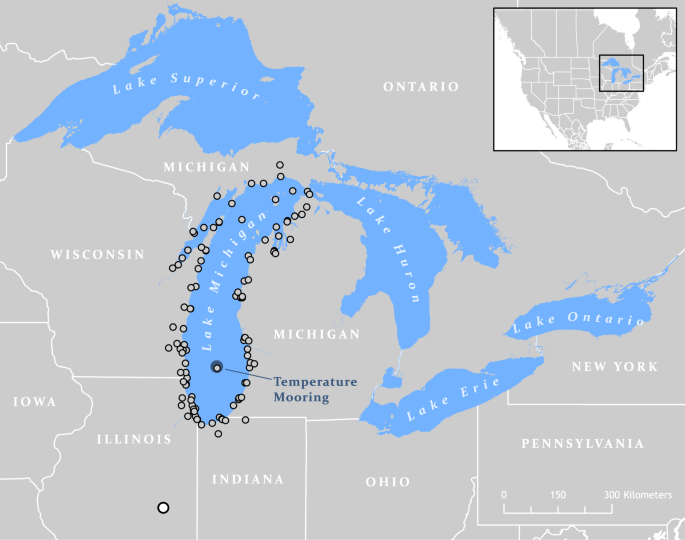Cross-validation is essentially the ability to predict the characteristics of an unexplored region based on a model of an explored region. The explored region is often used as a training interval to test or validate model applicability on the unexplored interval. If some fraction of the expected characteristics appears in the unexplored region when the model is extrapolated to that interval, some degree of validation is granted to the model.
This is a powerful technique on its own as it is used frequently (and depended on) in machine learning models to eliminate poorly performing trials. But it gains even more importance when new data for validation will take years to collect. In particular, consider the arduous process of collecting fresh data for El Nino Southern Oscillation, which will take decades to generate sufficient statistical significance for validation.
So, what’s necessary in the short term is substantiation of a model’s potential validity. Nothing else will work as a substitute, as controlled experiments are not possible for domains as large as the Earth’s climate. Cross-validation remains the best bet.
Continue reading →


